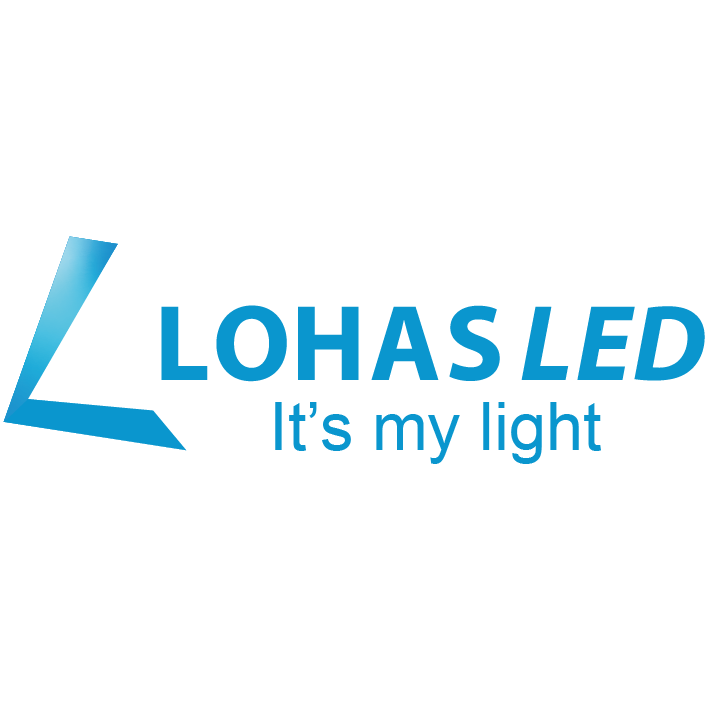6 Considerations when Buying LED Light Bulb
The production of LED bulbs has perfectly changed the entire scenario of light bulb market, and they are the opt that eventually you will have to make the switch anyway. The reasons why are compelling -- they last much longer than incandescent bulbs, offer something new and replace the previous lights with the energy-saving ones to save you money on your electricity bill. Besides, LED bulbs impact the environment less when they are being disposed of as they contain no toxic mercury.
However, with the variations include bulbs designs, which cover various shape, base, color temperatures and lighting possibilities, buying the right LED is very different from buying incandescent bulbs. Before you go shopping, though, there are some things you need to know.

CONTENTS:
Domestic or Commercial?
Compatibility
Light Intensity (Lumens, Not Watts)
Power Rating
Color (Cool/Warm/Color changing)
Dimmability(Dimmable or Not)
However, with the variations include bulbs designs, which cover various shape, base, color temperatures and lighting possibilities, buying the right LED is very different from buying incandescent bulbs. Before you go shopping, though, there are some things you need to know.

CONTENTS:
Domestic or Commercial?
Compatibility
Light Intensity (Lumens, Not Watts)
Power Rating
Color (Cool/Warm/Color changing)
Dimmability(Dimmable or Not)
Domestic or Commercial?
Normally, manufacturers design different types of LED light with different uses in mind. Many lamps are designed specifically for commercial use, which typically comes with extra safety features or to meet specific needs – though these come at an additional cost.
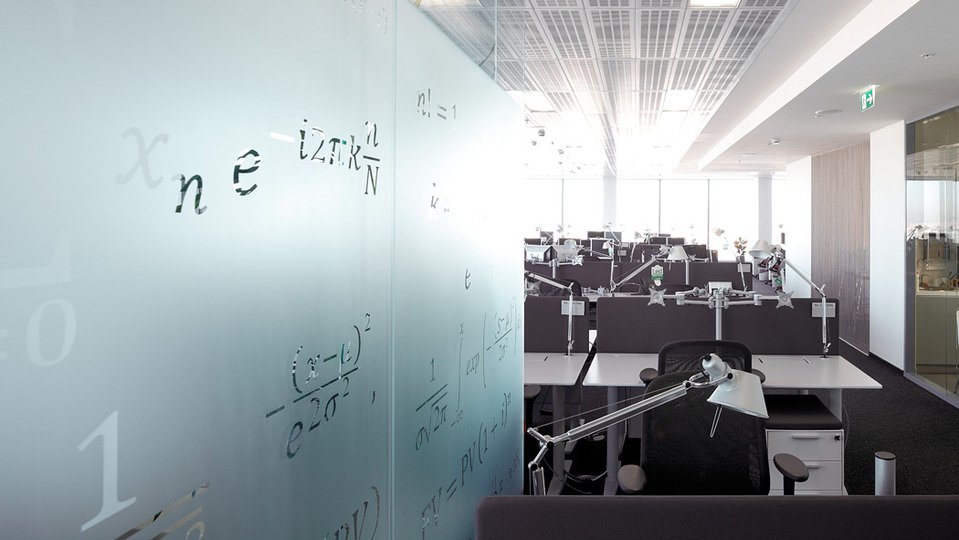

Compatibility
The compact size that LEDs own make them an ultra-flexible design factor, which has allowed designers and manufactures to create shapes, silhouettes and technologies that simply weren't possible before. Therefore, making sure your replacement LED fits the lighting fixtures at your home is significant. You can take your old lamp to the shop to compare against the metal base of the Incandescent/Fluorescent lamp. Check what fitting you need (Bayonet/Edison screw base) to install the new lights. Compare the size, shape, or even the beam angle of the old and new bulbs.
Cap Base Fitting
Before you jump into searching for LED, ensuring what base fitting of bulb you need to replace should be the first step.
With almost more than a hundred fittings for light are present, like e12 led bulb, e26 led bulb, you can buy the one that you find suitable for the lamp holder and voltage rating for the country where you live. The "B" is for Bayonett and "E" is for Edison Screw allowing you to distinguish them easily. Then, the letter indicates the type of base, while the number indicates the diameter of the base in millimetres (mm).
The common cap and base types of bulb are as below:
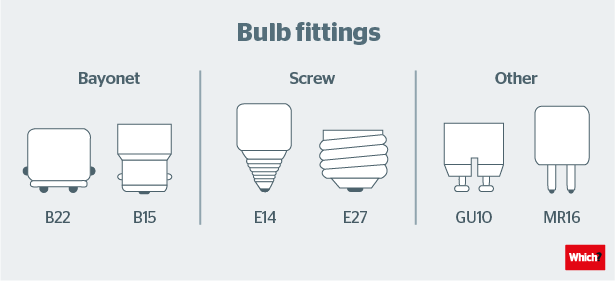
With almost more than a hundred fittings for light are present, like e12 led bulb, e26 led bulb, you can buy the one that you find suitable for the lamp holder and voltage rating for the country where you live. The "B" is for Bayonett and "E" is for Edison Screw allowing you to distinguish them easily. Then, the letter indicates the type of base, while the number indicates the diameter of the base in millimetres (mm).
The common cap and base types of bulb are as below:

Bulb Shape
Apart from the bulb's look, the shape of the bulb also determines the style of your room and the holder. Not only that, different shapes also provides a slightly different spread and angle of light, from the almost 360-degree spread of a globe or golf bulb, to the narrow beam of a spotlight. So you must do consider whether the shape of your bulb will fit sensibly in their chosen location.
Usually, the LED bulbs are coming in candle, globe etc. shapes to match your requirement.
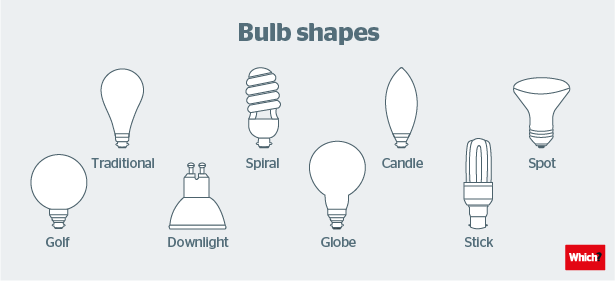
Usually, the LED bulbs are coming in candle, globe etc. shapes to match your requirement.

Light Intensity (Lumens, Not Watts)
For measuring the light intensity, you're probably accustomed to looking for watts, but actually you should focus on lumens. As the real measurement of brightness provided by a light bulb, lumen tells you the brightness of a bulb, regardless of the form of the lamp. The more the presence of lumens, the brighter the light coming from the bulb.
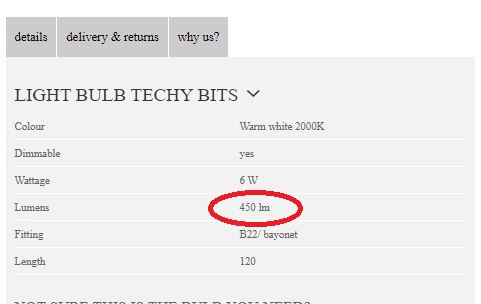

Power Rating
If you want to save maximum amount, power rating is the most important and essential thing when purchasing the light bulb. LED bulbs power rating is way less than others using fewer watts per unit of light, it uses about 6-8 watts, as compared to 60 watts of an incandescent light bulb and 13-15 watts utilized by a CFL.
You can roughly work out how much you can save by seeing how much power (W) your current lighting uses, and comparing that to how much power a corresponding LED uses.

You can roughly work out how much you can save by seeing how much power (W) your current lighting uses, and comparing that to how much power a corresponding LED uses.

Color (Cool/Warm/Color Changing)
Color of LED bulb will be of heightened importance in some scenarios, witch describes how closely an object's colour matches, when lit, natural light conditions. For choosing the color of the bulb, we're surely into the realms of personal taste, so what should we look for when choosing the color of the led bulb? COLOR TEMPERATURE.
Color temperatures is the reference to the LED color in relation to the Kelvin Color Temperature Scale. Recently, there are several different colors of LED lamps available in the market like blue, white or yellow to match your needs. An LED with a temperature of 2700K produces a very warm almost golden white light while 7000K is a very cool white that can in some applications appear to have a light blue glow. 3000K is a soft warm white, 3500K or 4000K is in the range of bright warm white, and beyond that it becomes bright cool white. Besides, LED bulb has opened up a number of impressive possibilities like letting the color changing light bulb show in the market, which is a bulb that allows you to personalise your room to all the colors of the rainbow.
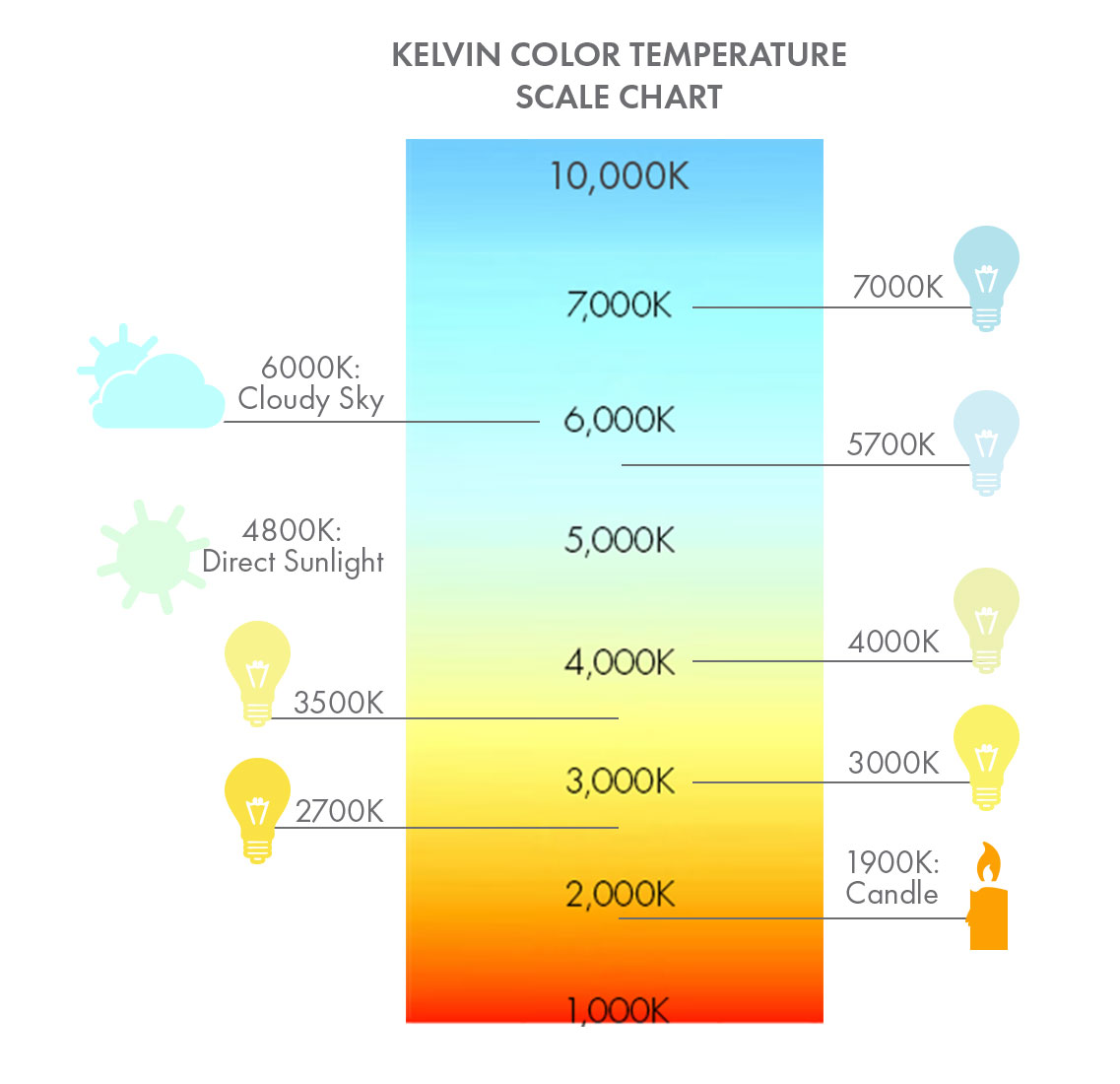
Color temperatures is the reference to the LED color in relation to the Kelvin Color Temperature Scale. Recently, there are several different colors of LED lamps available in the market like blue, white or yellow to match your needs. An LED with a temperature of 2700K produces a very warm almost golden white light while 7000K is a very cool white that can in some applications appear to have a light blue glow. 3000K is a soft warm white, 3500K or 4000K is in the range of bright warm white, and beyond that it becomes bright cool white. Besides, LED bulb has opened up a number of impressive possibilities like letting the color changing light bulb show in the market, which is a bulb that allows you to personalise your room to all the colors of the rainbow.

Dimmability (Dimmable or Not)
The amount of light in a room helps to create the suitable ambience, so some of you may be incline to get the led bulb that is equipped with the dimming functions you need. In addition, dimming not only saves energy consumption but also extends bulb life, as the power to bulb is reduced.
Now's the right time to switch to LED bulb. But as there are so many LED varieties, it is important to have the right bulb for your home, to save the energy efficiently without any trouble. So, before you head to the store, take above considerations to choose the right LED bulbs.
Now's the right time to switch to LED bulb. But as there are so many LED varieties, it is important to have the right bulb for your home, to save the energy efficiently without any trouble. So, before you head to the store, take above considerations to choose the right LED bulbs.
 USD
USD GBP
GBP CNY
CNY SAR
SAR SGD
SGD NZD
NZD ARS
ARS INR
INR COP
COP AED
AED